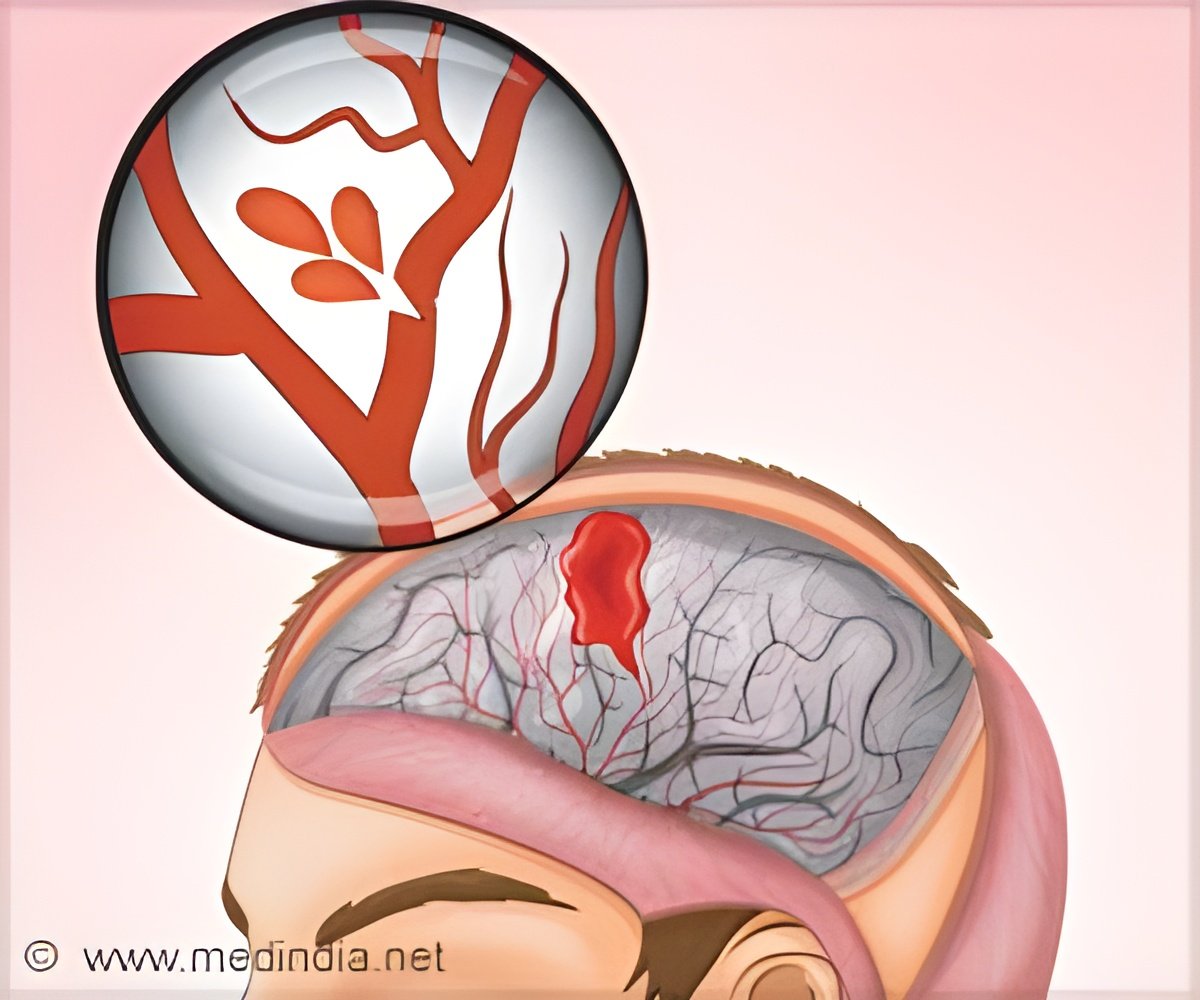
Analysis of shared genomic segments, which indicate distant “relatedness,” has uncovered undiagnosed cases of Long QT syndrome, a rare condition that can cause abnormal heart rhythms, fainting, and sudden cardiac death(1✔ ✔Trusted Source
Detection of distant relatedness in biobanks to identify undiagnosed cases of Mendelian disease as applied to Long QT syndrome
).
The study, published in Nature Communications, demonstrates the potential of a novel approach developed by researchers at Vanderbilt University Medical Center to identify undiagnosed carriers of rare, disease-causing genetic variants.
Advertisement
Rare Genetic Diseases: The Role of Identical-by-Descent Segments
“Rare genetic diseases are usually studied in referral populations people who have been referred to specialty clinics for evaluation but this approach often overestimates the true population impact, which would be better assessed in large non-referral populations, such as biobanks,” said Jennifer (Piper) Below, Ph.D, professor of Medicine in the Division of Genetic Medicine and senior corresponding author of the new study.
Because most biobanks recruit participants from the same region, there is often significant undocumented relatedness among the participants, resulting in genomic segments that are shared due to common ancestry “identical-by-descent” segments, Below explained.
“Identical-by-descent segments give us an opportunity to cluster related people to find rare variants that were present in a common ancestor,” she said.
To do this, the researchers developed a genetic inference method called DRIVE (Distant Relatedness for Identification and Variant Evaluation). The studies were led by co-first authors Megan Lancaster, MD, Ph.D, a clinical fellow in the Division of Cardiovascular Medicine, and Hung-Hsin Chen, Ph.D, who was a postdoctoral fellow in the Division of Genetic Medicine. Dan Roden, MD, the Sam L. Clark, MD, Ph.D Chair and Senior Vice President for Personalized Medicine, is co-senior author.
To test DRIVE, the researchers focused on a rare variant in the gene KCNE1 that causes Type 5 Long QT syndrome (LQT5). The KCNE1 gene encodes a protein that modifies potassium currents.
Advertisement
Genetic Links to LQT5 through Distantly Related Individuals
An international consortium of 26 centers had identified 89 probands (affected individuals who are the first subjects of a genetic study) with possible LQT5, 140 additional carrier relatives, and 19 cases of another syndrome attributed to variants in KCNE1.
Of 35 probands with the most common KCNE1 variant (p.Asp76Asn), nine (26%) were evaluated by the Genetic Arrhythmia Clinic at VUMC. None of the probands were known to be related. Three relatives of the probands were also found to carry the variant.
“This enrichment of a rare variant at VUMC relative to other centers in the consortium suggested that these local probands may be distantly related and that we could use that relatedness to identify additional carriers in BioVU,” Below said. BioVU is VUMC’s DNA biobank linked to de-identified electronic health records.
Advertisement
Using DRIVE to Identify Hidden Carriers of Genetic Variants Linked to LQT5
The team first estimated the genome-wide relatedness of the 12 clinically identified p.Asp76Asn carriers and constructed lineage pedigrees. They found eighth to ninth degree relatedness among these pedigrees (for reference, fourth cousins great-grandchildren of first cousins — are ninth degree relatives), supporting the hypothesis of a local common ancestor with the p.Asp76Asn variant.
Then, the researchers identified shared genomic regions that spanned the KCNE1 gene and applied DRIVE to 69,819 BioVU subjects. They identified 22 BioVU subjects with the shared region, confirmed the p.Asp76Asn variant by DNA sequencing, and assessed electrocardiograms and medical records for features of LQT5.
Both referral and non-referral carriers of the variant have prolonged QT interval compared to controls.
“In this study, we used DRIVE to rapidly pinpoint 22 carriers of a previously described pathogenic gene variant,” Below said. “DRIVE could also be used to identify unknown causal gene variants, by clustering individuals with shared identical-by-descent segments and assessing the enrichment of disease within clusters.
“We’re excited about the potential of DRIVE to identify undiagnosed cases of genetic disease.”
Reference:
- Detection of distant relatedness in biobanks to identify undiagnosed cases of Mendelian disease as applied to Long QT syndrome – (https://www.nature.com/articles/s41467-024-51977-4)
Source-Eurekalert



